ProSens –
Dust detection
The ProSens was specially developed to carry out reliable dust measurement on clean sides after filters.
- Dust measurement also in large channel diameters
- Output of dust concentration as absolute value
- ATEX-certified
- Measurement of dust concentration at high temperatures
- Trend signal or absolute value
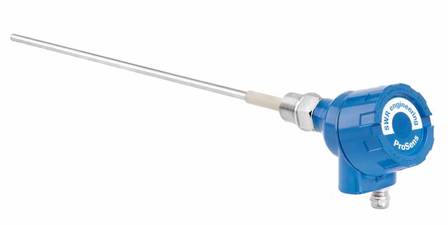
What do you want to do?
Use
ProSens was specially developed to carry out reliable dust measurement on clean sides after filters.
The measuring device provides measurement values for dust concentration, either as a trend signal or as absolute values (after calibration) for emission measurement.
ProSens is used:
- if the dust concentration is to be output as an absolute value in mg/m3.
- for exact measurements even with large channel diameters.
- for applications in explosion hazard zones
(GasEx-Zone 1, DustEx-Zone 20) - for the measurement of dust concentration even at high temperatures.
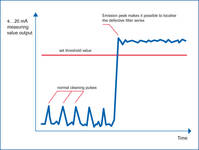
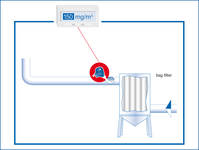
Function
Basic principle of the ProSens is the triboelectric effect.
If the dust to be measured is constant, then the generated measuring signal is proportional to the dust concentration, even if there are dust deposits on the measuring probe. Experience shows that the measuring method provides very exact results with little required maintenance.
System
A complete measuring system consists of these components:
- Welded casing to serve as a sensor receptacle
- ProSens-sensor
- Transmitter PME 100
This unit can be supplied in a field housing with touch panel display or as a DIN rail version.
In case of a DIN rail version also a software for parameter setting will be supplied.
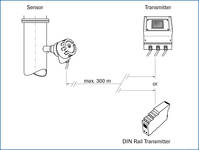
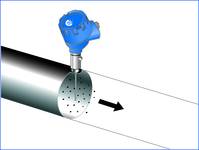
Mounting and Installation
The ProSens can be installed in metal channels and pipelines.
The installation should take place away from any curves and other inserts such as flaps and valves.
The distance between the sensor rod and inserts in the channel should be at least 3 times the channel diameter in every flow direction.
Non-metallic channels must be sheathed using a metal sleeve, a metal foil or a close-mesh metal grid over a length of at least 5 times the channel diameter.
After determining the installation location, a hole must be drilled in the channel wall to insert the welding casing flush. The casing is now welded into place vertically to the channel. The sensor rod is then inserted in this and fastened with a fixing screw. The length of the sensor rod should at least 1/3 and at most 2/3 of the channel diameter.
It can be shortened to the respective optimal length (up to 70 mm) without a problem.
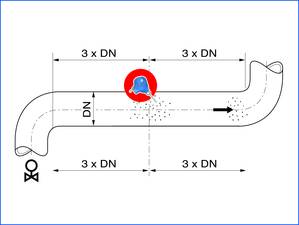
Technical Data
| Sensor | Measuring objects | Particles in the gas flow |
|---|---|---|
| Measurement range | from 0.1 mg/m³ | |
| Process temperature | Standard: 150 °C; (higher temperatures on request) | |
| Pressure | max. 2 bar (Optional: up to 25 bar) | |
| Flow speed | min. 4 m/s | |
| Humidity | 95 % rel. hum. or less (non-condensing) |
|
| Measuring principle | Triboelectric effect | |
| Ambient temperature | – 20… +60 °C | |
| Sensor rod | Stainless steel; length 500 or 1,000 mm | |
| Housing | Aluminium | |
| Protection type | IP 66; ATEX; cat. 1/2 GD | |
| Electric connection | Connection room DIN M 20 | |
| Weight | Approx. 1.5 kg | |
| Transmitter (DIN rail) | Power supply | 24 +/- 10 % V DC |
| Power consumption | 20 W / 24 V | |
| Protection type | IP 40 to EN 60529 | |
| Ambient operating temperature | – 10… + 45 °C | |
| Dimensions | 23 x 90 x118 (W x H x D) | |
| Weight | approx. 172 g | |
| Connection terminals conductor cross-section | 0.2 – 2.5 mm² (AWG 24-14) | |
| Current output signal | 4 … 20 mA, load 500 Ω | |
| Switch output measurement alarm | Relay with switchover contact, max. 250 V AC, 1 A | |
| Interface | ModBus RTU (RS 485) | |
| Data backup | Flash memory | |
Application Examples
Click on a desired application example to navigate to a detailed description.

Detection of metal dust
in a clear gas site after bag filter
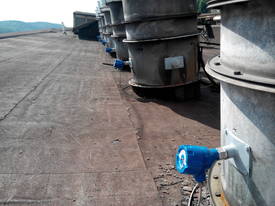
Quantity measurement of filter dust
in clear gas pathes
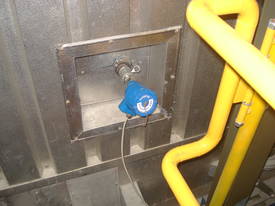
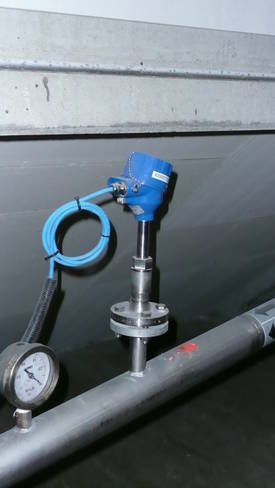
Global Technology Systems
P.O. Box 799 Shalimar, FL 32579. USA
(850) 651-3388
Info@onthelevel.com


